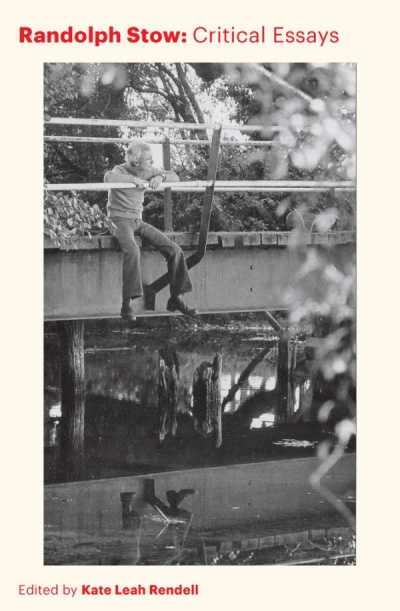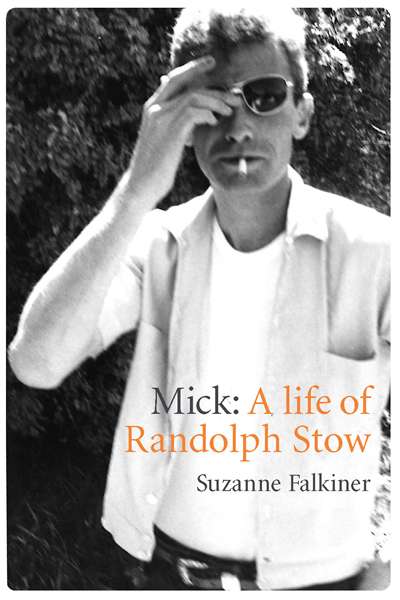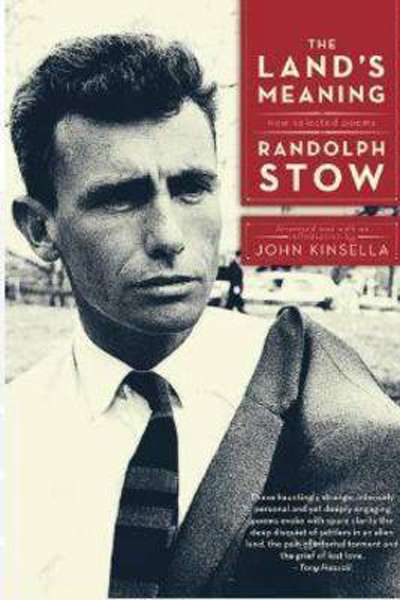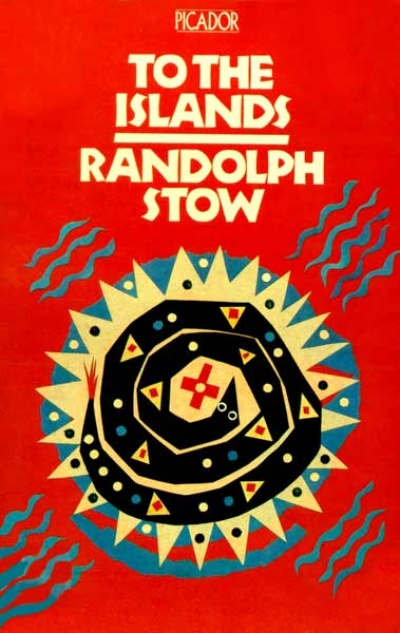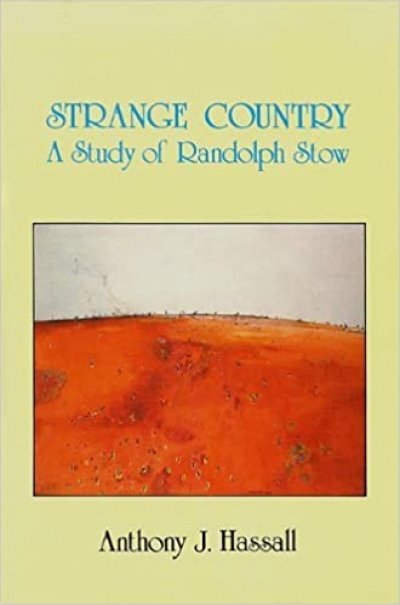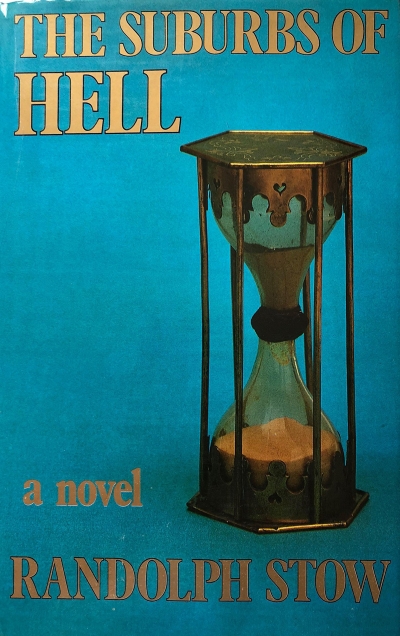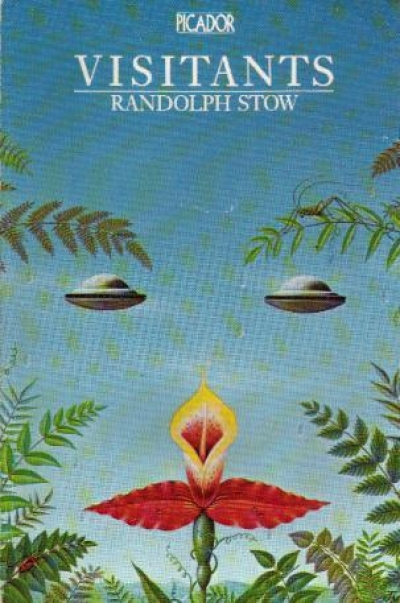Randolph Stow
The Jolley Prize is now worth $12,500
The ABR Elizabeth Jolley Short Story Prize is the country's foremost short story prize, and we are delighted to be able to present it again in 2016. Generous support from ABR Patron Ian Dickson has enabled us to increase the total prize ...
The port of Old Harwich can be approached by a streamlined highway through a barren industrial landscape, or via the high street through suburban Dovercourt. Either way, you keep going until you reach the sea: 'and if you get your feet wet, you've gone too far', they'll say when you ask directions. Finally, you reach an enclave of narrow streets lined by small cotta ...
To the Islands by Randolph Stow & Tourmaline by Randolph Stow
by Thomas Shapcott •
Strange Country: A study of Randolph Stow by Anthony J. Hassall
by Ludmilla Forsyth •

